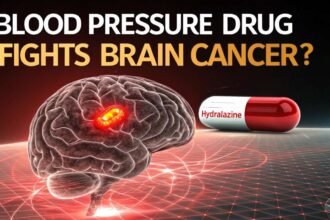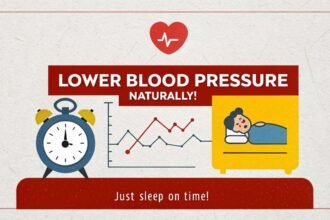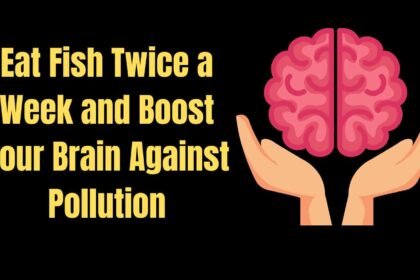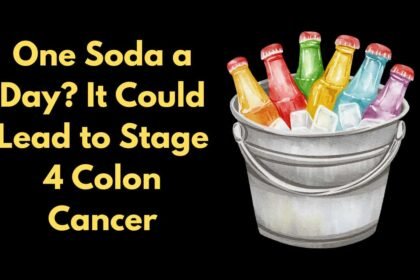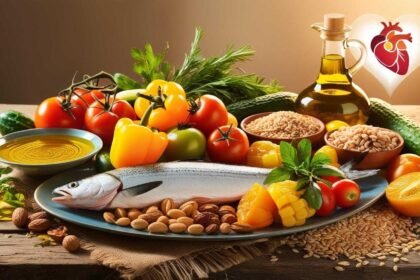Kidney stones are often described as one of the most painful health conditions, and for many people, diet plays a central role in their development.
While calcium has traditionally been seen as the main culprit behind calcium-oxalate stones the most common type of kidney stone emerging research and medical insights suggest that salt intake is a much more significant factor.
Dr. Yau, a specialist in kidney health, explains that when she evaluates patients with calcium-oxalate stones, her first recommendation is not to cut back on calcium but on sodium.
This advice may sound counterintuitive, as many people believe calcium itself causes stones. However, the process is more complex than it seems.
When you consume moderate amounts of sodium, your body reabsorbs the mineral and along with it, some calcium. But when sodium intake becomes excessive, the kidneys struggle to manage the overload.
Instead of reabsorbing calcium, the kidneys flush both sodium and calcium into the urine. Once there, calcium can easily bind with oxalates, forming sharp, painful crystals that may eventually develop into stones.
This mechanism highlights why reducing sodium intake is a far more effective preventive strategy than avoiding calcium-rich foods.
In fact, cutting back on calcium can actually be harmful, since calcium in the diet binds with oxalates in the digestive tract, preventing them from being absorbed into the bloodstream in the first place.
Restricting calcium may therefore increase the risk of stones rather than reduce it.
Another critical factor in kidney stone prevention is hydration. Adequate fluid intake helps dilute the concentration of minerals and salts in the urine, reducing the chances of crystallization.
Staying hydrated ensures that excess calcium and oxalates are flushed out before they can combine to form stones.
Most health experts recommend drinking enough water to produce at least two liters of urine daily, which usually translates to about eight to ten glasses of water, depending on activity level, climate, and individual needs.
Beyond salt and hydration, lifestyle choices also influence kidney stone risk. Diets high in processed foods, fast food, and packaged snacks tend to be loaded with hidden sodium, making it easy to exceed daily limits without realizing it.
Reading nutrition labels and opting for fresh, whole foods can significantly cut down sodium intake. Meanwhile, including a balanced mix of fruits, vegetables, and whole grains supports kidney function and overall health.
In summary, while calcium-oxalate stones are the most common type of kidney stone, calcium itself is not the main dietary villain.
Excessive sodium intake is far more responsible for driving calcium into the urine, where stones can form.
By moderating salt intake, staying hydrated, and maintaining a balanced diet, individuals can take proactive steps to lower their risk and protect their kidney health.

